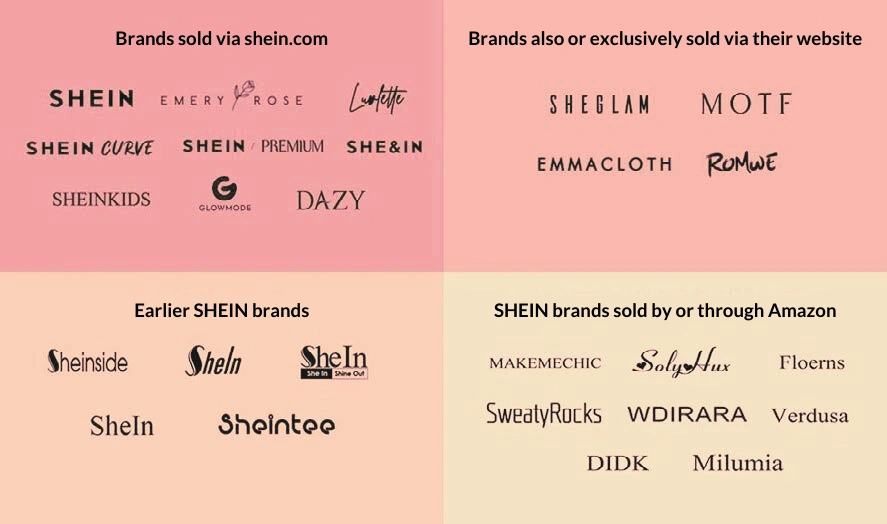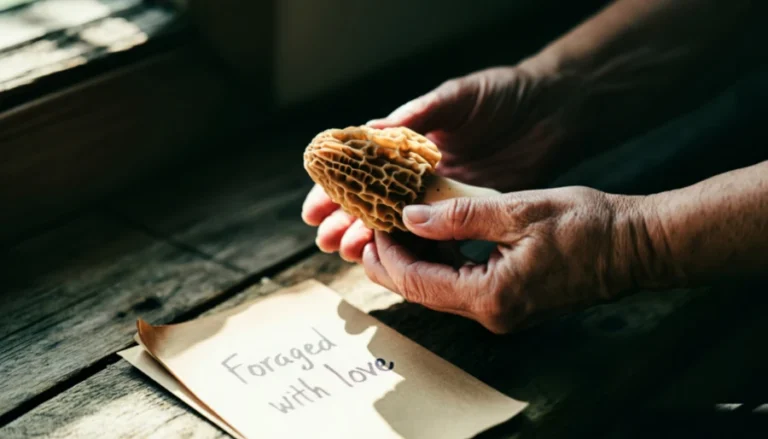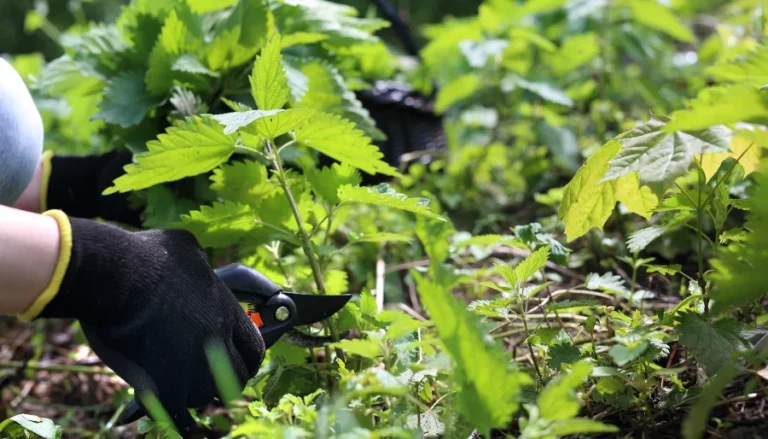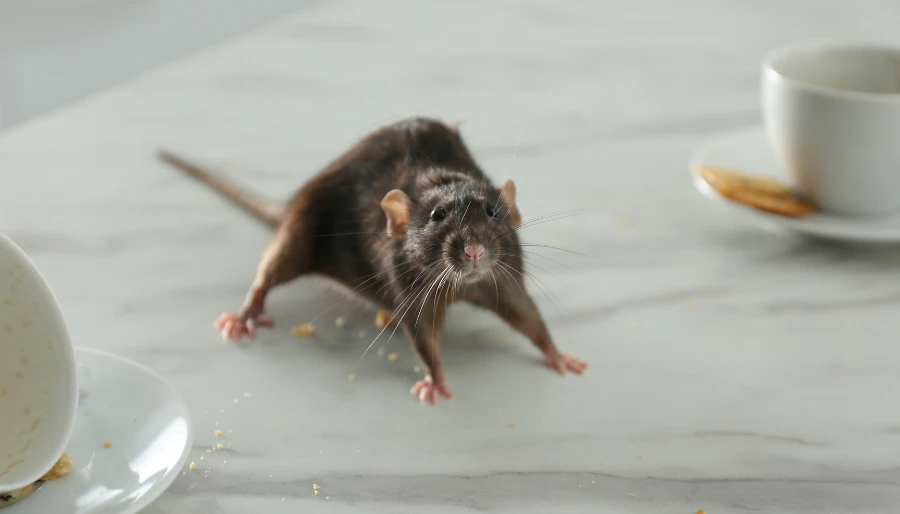Today, we’re diving into the wild evolution of fast fashion over the past few years. These brands have become absolute masters at greenwashing – you know, making us believe stuff that ain’t true, but somehow we fall for it anyway. Sneaky devils!
Let’s break it down. These fast fashion moguls are thriving on the foundation of five sneaky myths. Brace yourselves!
Fast Fashion Is Super Convenient, Right?
Myth number one: Fast fashion is all about convenience, giving us an overwhelming array of choices.
Gone are the days when fashion collections dropped just twice a year.
Nah, they had to kick it up a notch – now it’s four, then eight, and my poor fashion peeps were losing their minds!
Who needs that many clothes? Not me!
But wait, the madness doesn’t stop there.
Cheaper brands jumped into the mix, pumping out collections every darn month! ZARA took it to a whole new level – new stuff every two weeks! It’s like a shopping marathon in there.

FOMO hits you hard, and before you know it, you’re maxing out your credit card.
And then along came SHEIN, with over 1000 new garments popping up on their app daily!
You got more clothes to scroll through than you have Instagram posts. Insane, right?
In short, fast fashion wants you to buy more than you could ever need. I mean, who buys eight collections a year from one brand? Time to stop the madness!
But, Fast Fashion Is So Affordable
Online influencer, AGA World, has over 40 million views and nearly 80,000 subscribers. AGA posts videos on new finds from Primark regularly.
That brings us to myth number two…
Fast fashion is affordable.
Sure, if you’re into clothes that fall apart faster than a sandcastle in a tsunami! They’re not durable, and the quality? Pfft, don’t get me started.
“But not everyone can afford CHANEL!” they say. True, but c’mon, we’re not trapped between SHEIN and high-end luxury.
The internet is a vast treasure trove, my friends! There are other options if you’re willing to do some proper Googling.
Sure, fast fashion stores are everywhere, like mold in a damp basement. They get prime locations, shiny stores, and all the branding in the world.
But don’t be fooled – there’s a world beyond the fast fashion frenzy.
Alright, let’s talk numbers, folks!
Turns out, we own more clothes than our ancestors ever dreamed of.
According to smarty-pants studies, we bought a whopping 60% more clothes in 2014 compared to 2000, per person on this blue planet. And hold your pants, because in the US, folks are adding 53 new garments to their collection every year! And that’s just the beginning.
Cue SHEIN, the clothing avalanche!
They swooped into the scene, and bam, the numbers skyrocketed! No surprise, since their main target is the good ol’ US of A. Sheesh, we’re probably buying clothes in our sleep now!

The numbers might juggle around a bit depending on the study, but one thing’s clear – this trend is booming! And you’d think our clothing budget would be doing the happy dance, right?
Nah! It’s practically snoozing, with a measly 6.4% increase from 2019 to 2023 (well, that’s a rough guess, folks). Don’t ask me how they calculate this stuff; it’s like deciphering hieroglyphics.
Anyway, these fast fashion beasts aim their charms at western countries – where they make a killing. European countries are probably off the charts in these studies, thanks to their fast fashion frenzy.
So what’s the deal? We’re drowning in cheap clothes, but we’re not even splurging more moolah!
Instead of choosing quality over quantity, we’re getting buried under piles of disposable rags! Seriously, we could have fewer items, but of top-notch quality – just saying!
So, why the heck do we keep going this route?
Blame it on the marketing wizards behind these fast fashion brands! They’ve got us wrapped around their little finger, whispering sweet lies in our ears. “You need this! Shopping therapy, baby, it’s good for your soul! And oh, wearing the same outfit twice? Gasp! Unthinkable! Just buy more junk!”
And let’s not forget the fairly new concept of… “retail therapy”.
You think that came from an actual licensed therapist? Nope! That idea was planted in TV shows and articles by major marketing firms on behalf of the retail industry.
If you want to learn more about how marketers have been playing this game with the masses, check out our articles on bacon and breakfast!
Look, they’re playing mind games with us, tricking us into greenwashing ourselves. And it’s been working.
Ok, But, Fast Fashion Provides Jobs To Poor People

Ah yes, the third myth that all those fast fashion brands want us to believe…
“But wait! Fast fashion creates jobs in developing countries! We’re doing a good deed by buying dirt-cheap clothes, right?”
Hold up! While some argue this, it’s not that simple. Sure, people in countries like Bangladesh, Vietnam, Cambodia, and India work in these factories, but it’s a double-edged sword. They’re trapped in a system that thrives on exploitation, and buying dirt-cheap clothes ain’t the solution.
Plus, don’t buy into the illusion that these rich folks can’t afford better. They could, but they choose not to – talk about a moral dilemma!
We’ve got some harsh truths to face when it comes to the dark side of fast fashion. These clothing factories are no fairy tale – they’re more like a horror story.
The people working in these jobs are the unsung heroes (well, more like victims) of this industry.
Long hours, no holidays, zero health insurance, and don’t even dream of a retirement plan or any safety net! They’re stuck in a never-ending nightmare.

After a few years of slaving away, these workers are physically drained, with lungs infected from all the nasty chemicals they handle, and their eyesight going haywire. They’re in constant pain from exhaustion, and trust me, nobody envies their plight.
Those women you know wouldn’t trade places with them for all the designer bags in the world. So, let’s squash the idea that buying these cheap clothes is some act of charity – it’s not!
And let’s talk about the countries themselves, like our buddy Bangladesh. They’re hooked on fashion, with a whopping 84% of their exports being clothes. But here’s the kicker – it’s mostly dirt-cheap clothing they specialize in.
They can’t afford to lose that cash cow, so the government isn’t exactly working overtime to improve working conditions or raise salaries.
Here’s some mind-boggling math for you – the cost of producing and exporting a T-shirt from Bangladesh to London or New York hasn’t budged since 2011!
Despite higher raw material costs and transport expenses, it’s still a mere 1.70 euros. How is that possible?
Well, it’s all part of the game for fast fashion brands, who can keep their prices insanely low for us Westerners, thanks to this exploitative system.
Some folks out there think they’re doing a good deed by buying clothes from these countries, like they’re saving the world or something. But wait, here’s an idea – how about we double or triple the salary of these workers?
It wouldn’t even put a dent in the price tags for us, but it would make a world of difference for them. Just a thought, ya know?
At Least The Fast Fashion Industry Is Championing Sustainability
But oh, here comes myth number four, sashaying in with a dazzling disguise – fast fashion brands becoming more sustainable. Cue the eye roll! They’ve got this fancy dance going on, launching conscious collections and sustainable lines.
They sprinkle in some eco-friendly jargon – recycled polyester here, organic cotton there – and bam, they’ve got us believing they’re eco-warriors.
They even use green backgrounds in their photo shoots, trying to hypnotize us into thinking they’re Mother Earth’s favorite brands!
According to a study from 2016, over 50% of fast fashion garments are tossed out within the same year they were purchased.
And let me tell you, that was years before SHEIN exploded to its current mammoth size. So, you can bet that the numbers in 2023 are likely even worse.
Around 20% of discarded textiles aren’t even collected for recycling, and a measly 1% of clothes actually get recycled into something new. It’s like we’re throwing our planet into a fashion bonfire!
So, where do all these clothes end up?

Some go for a toxic joyride in the incinerators, spewing nasty particles into the atmosphere. The rest? They find their way to landfills. But hey, don’t worry, it’s not in Europe or North America – oh no!
It’s far away, in places like Ghana or the Atacama Desert in Chile. Yep, piles of non-biodegradable clothing are towering like mountains, and nobody seems to have a grip on this fashion avalanche.
And guess what? This fashion madness is far from over.
By 2050, the tons of apparel produced worldwide are expected to triple! Can you imagine the mountains of landfill we’ll have to deal with then?
But wait, there’s more – at least 20% of that is pure overproduction. Yup, brand-spanking-new clothes, with tags intact, never seeing the light of day.
You know, those clothes that H&M and their pals ask you to return for loyalty points? It’s all a psychological trick to make us feel less guilty about buying even more clothes that’ll probably end up as landfill fodder.
More clothes produced, more clothes in landfill – it’s like a vicious circle that’s choking our planet.
So, suffice it to say, the fast fashion brands are about as eco-friendly and sustainable as Cargill!

Surely, Fast Fashion Brands Are More Ethical Than Their Luxury Counterparts?
And let’s not fall for myth number five – the notion that fast fashion brands are no less ethical than the pricier ones producing in the same countries. Oh, honey, they might be in the same sweatshop boat, but that doesn’t mean they’re sailing towards ethical waters.
Greenpeace put SHEIN under the microscope and discovered seven of their products contained hazardous chemicals strictly banned in the EU.
Yikes! And eight more products had concerning levels of these chemicals.
In other words, their production is harmful to you, me, and especially the poor workers handling these toxic concoctions.
What’s worse? These clothes are produced outside any regulatory system. They bypass quality controls, safety checks – everything! It’s like they’re in a lawless fashion frontier.
So, here’s the hard truth, my friends – fast fashion is a ticking time bomb of waste and environmental disaster.
We’re incinerating or dumping a full garbage truck of clothes every second! It’s high time we face reality, demand change, and put an end to this fashion chaos.
Let’s choose quality over quantity, sustainability over waste, and fashion with a conscience.
Did you think I was done? Oh no, there’s still a few more harsh truths we need to discuss, so keep on reading because it’s time to unmask some major fashion scandals…
Let’s start with the so-called luxury brands – oh boy, they’re pulling a fast one on us! Ever heard of the saying “same factory, different price tag”? Well, that’s exactly what’s going on.
Expensive brands are producing in the same sweatshop factories as our beloved Primark, but they have the audacity to charge you 30 times the price!
Next time you splurge and treat yourself to a little ‘retail therapy’, when that fancy high-quality polished cardboard box arrives with your expensive blouse carefully folded in it, look closely at the stitching.
Now compare that to a similar blouse you bought from a fast fashion retailer. Most likely you’ll note that the stitching is identical – certainly not worth the premium you paid!
The same equipment in the same sweatshop is going to produce the same stitching.

SHEIN Gets Called Out In Germany
But hold on, it gets even uglier.
Greenpeace Germany decided to play detective and dug into SHEIN’s dirty laundry. They tested 47 of their products and what they found was beyond disturbing. Seven of those items contained hazardous chemicals that are strictly forbidden in the EU.
That’s 15% of the products that were purchased turned out to be toxic!
Yep, that stuff is proven to be dangerous to human health! And if that wasn’t bad enough, eight more products had concerning levels of these toxic chemicals.
So, when you’re buying SHEIN goodies, you’re basically playing Russian roulette with your health.
But wait, it gets worse! These clothes are manufactured completely off the grid, outside any regulatory system.
No quality controls, no safety checks – nothing! It’s like the wild west of fashion out there, and SHEIN is the outlaw running amok.
Think about it – these clothes are shipped straight from China to customers in Europe or North America, bypassing every rule and regulation. It’s like they’re playing a game of dodgeball with the law!
And let’s not forget the sheer scale of their misdeeds. Brands like SHEIN and the fast fashion industry as a whole churn out clothes in mind-boggling quantities. It’s like a fashion apocalypse! This rampant overproduction is taking a toll on our environment and on us, the consumers.
The United Nations has slapped the “social and environmental emergency” label on this fashion madness.
More To Discover
- The Real Cost of Trendy Threads: What Boohoo’s Fast Fashion Is Costing the Earth
- Materials Shaping the Future of Sustainable Fashion: Polylactic Acid (PLA)
- Kourtney Kardashian Faces Backlash Over “Sustainable” Boohoo Fast Fashion Collaboration
- Gen Z’s Fast Fashion Fixation Often Ends With Sustainability Regrets
Closing Thoughts
And now, dear reader, it’s time to face the harsh reality of the entire fast fashion industry, in which, we ourselves, have undoubtedly played a role. We’ve unraveled the tangled web of lies and deceit, and now it’s time for a recap of the five myths that have been leading us astray.
Myth #1: Convenience!
Fast fashion brands have us believing we need an endless array of clothes, dropping new collections faster than a caffeine-fueled bunny. But let’s be real – we don’t need all this excess cluttering our closets.
Myth #2: Affordable!
Cheap clothes might seem like a bargain, but they’re nothing more than disposable fashion disasters. It’s time to invest in quality pieces that stand the test of time.
Myth #3: Charity shopping!
Supporting fast fashion under the pretense of helping workers in developing countries is a dangerous illusion. These workers are trapped in exploitative systems, and we can’t save them by buying more cheap clothes.
Myth #4: Sustainable fashion!
Don’t be fooled by greenwashing tactics. Fast fashion brands are masters at pretending to be eco-friendly, but in reality, they’re fueling a landfill crisis and wreaking havoc on our environment.
Myth #5: Ethical brands!
Price tags don’t always reflect ethics. Some luxury brands may charge a fortune, but they’re no angels when it comes to production practices.
And speaking of SHEIN, they’re producing toxic time bombs harmful to both consumers and workers.
We’ve peered behind the curtain of this chaotic industry, witnessing how clothes are burned, dumped, and wasted at an alarming rate.
Our planet is suffocating under a mountain of fast fashion debris, and we can’t ignore the United Nations’ warning – this is an environmental and social emergency of our own making.
But fear not, my friends!
It’s not all doom and gloom. We have the power to change the course of this fashion disaster. Let’s say no to mindless consumption and yes to sustainable choices. Quality over quantity, ethics over deception – that’s the path we must choose.
So, here’s our call to action – be conscious consumers, demand transparency from brands, and support fashion that cares for both people and the planet.
Together, we can turn the tide and build a fashion industry that’s not just about looking good, but feeling good about what we wear.
The future of fashion is in our hands – let’s create a stylish, sustainable, and compassionate world, one conscious choice at a time!























